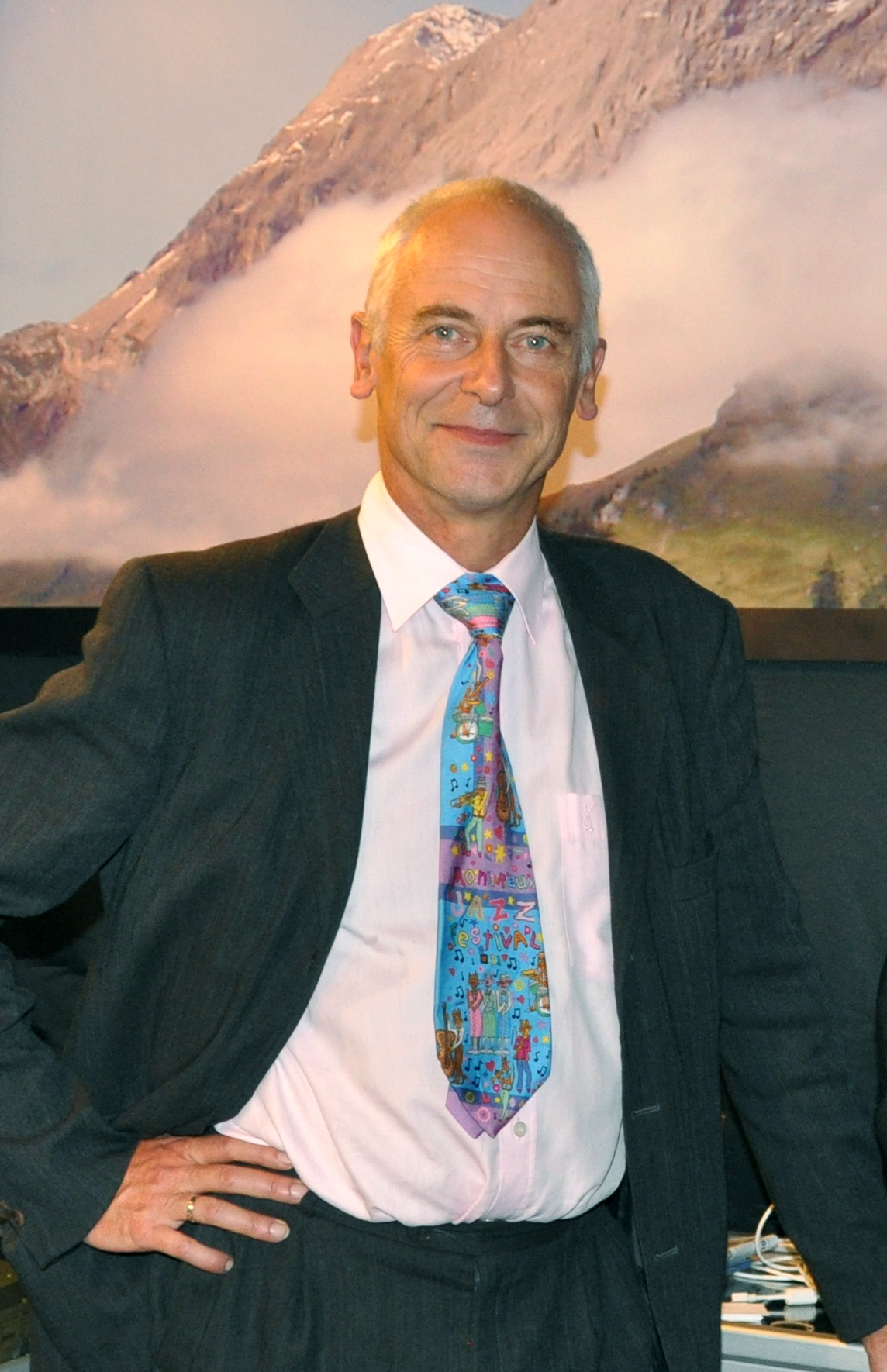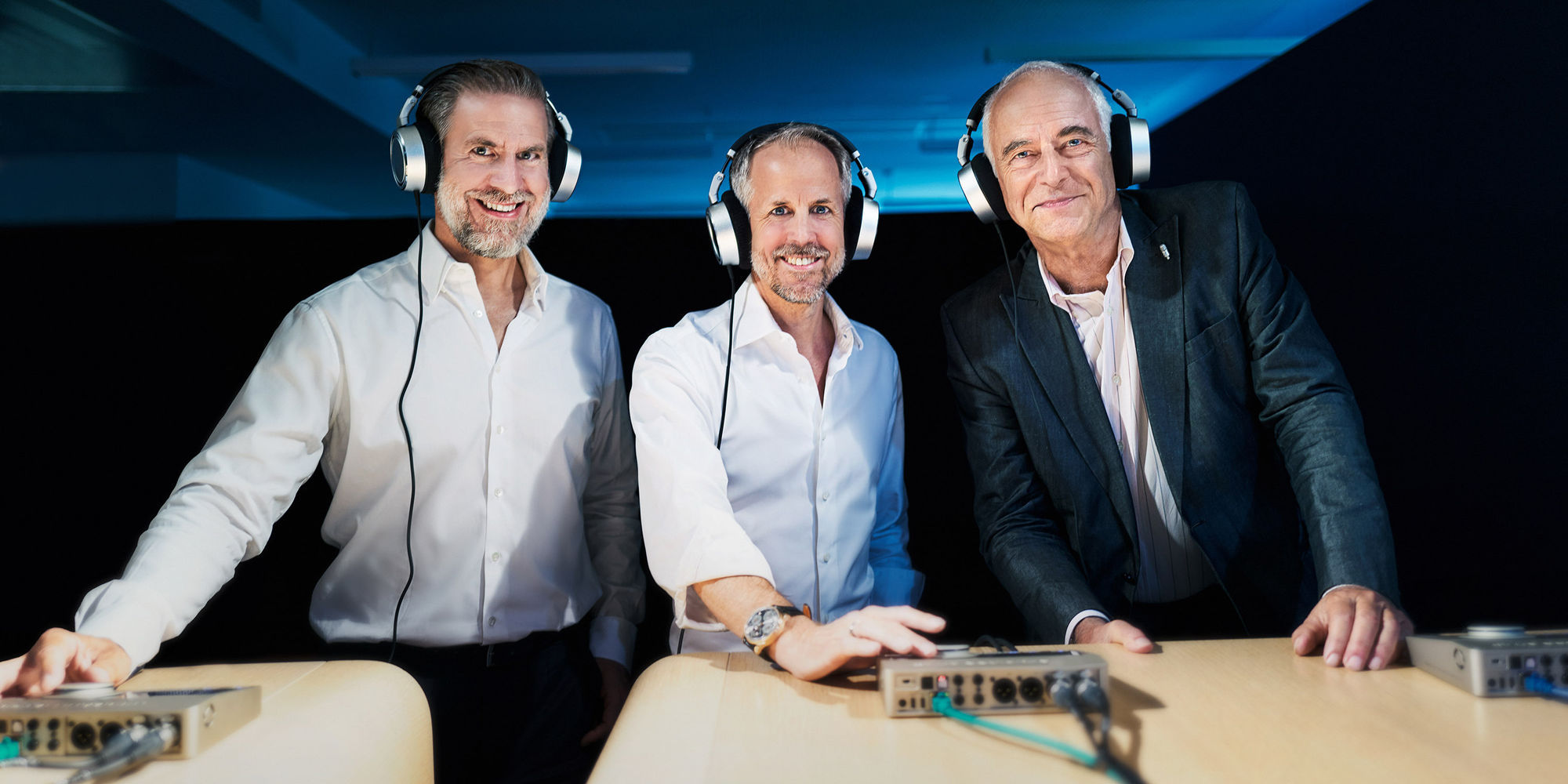In a rare and exclusive interview, Claude Cellier, founder and CEO of revered pro audio manufacturer Merging Technologies, sits down with Headliner for a look back at his incredible career to date, the events and experiences that have shaped the company into one of the most innovative and lauded names in the business, and what the future holds for the brand…
The name Merging Technologies has become something of a byword for quality in pro audio circles. The brand’s expertise in digital recording and processing technology has manifested itself in the form of some of the most innovative and best loved studio products of the past three decades. From the Pyramix Virtual Studio – one of the world’s first DSD recording systems – to its Horus, Hapi and Anubis interfaces, Merging units are a staple amongst many of the finest facilities, producers and artists on the planet.
Its success can be attributed in no small part to its founder, Claude Cellier. Having established the business in Switzerland in 1990, his pioneering spirit has underpinned much of Merging’s business. Unafraid to take risks, especially during some of the market’s most tumultuous times, he and his team have not just prospered, but helped to revolutionise the landscape of music creation.
However, with a lifelong love of music, complemented by an education in electrical engineering and a 10-year stint with Swiss analogue recording systems manufacturer (as it was at the time) Nagra Kudelski, his technical experience and expertise has always informed his buccaneering, entrepreneurial approach. From the digital revolution of the late ‘90s to the move to Audio over IP, Merging has consistently demonstrated a determination to not only embrace new processes and standards but play a central part in their wider adoption.
And the company’s evolution continues to gather pace. Earlier this year, it was announced that Merging would be joining forces with Neumann, in a move that will see them working alongside one another under the Sennheiser Group umbrella.
To find out more about where the company is headed next, and indeed, where it came from, Headliner joined Cellier over Zoom from his office in Switzerland for an in-depth and insightful chat…
Tell us about your origins in audio. When did you first discover your love of sound?
My passion and my love of audio started because of music. My father played and recorded music and he discovered many of the great talents of Eastern European music, particularly folk music, long before it was known in Western countries. Amongst other things, he played on and recorded many records with the pan flute player Gheorghe Zamfir, as well as the ensemble The Mystery Of Bulgarian Voice, for which he became the second Swiss citizen to win a Grammy at that time. Very early on in my infancy he was working on many of these concerts and radio broadcasts to share his passion for this music. I would often listen to these voices that were just fantastic. But I didn’t get the best chromosomes from my father – they probably went to my brother Alexander, who is an expert musician. I loved music but I didn’t have that talent, so I resorted to manufacturing and designing devices and equipment. I feel proud of the quality of the products that have allowed so many of our customers to record magnificent works.





